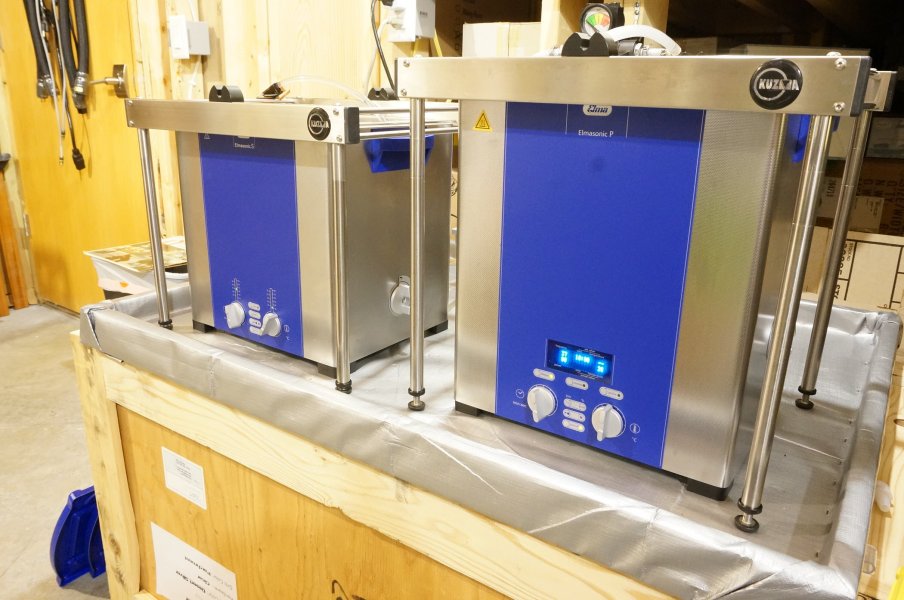Well, I recleaned four cracklers using a hot vinegar step and it made no difference to crackle. The record did, however, sound cleaner, but
I've just ran an experiment on four "cracklers" with warmed vinegar/ilfotol and found it did nothing to improve what I'd already achieved with the three step clean I use. I flushed my RCM through with water afterwards to remove/dilute the vinegar, so at this point I'm not convinced it has any benefit for me.
Not yet. He's just started record cleaning so is "winging it" with whatever products he has at hand, which is how he decided to try a hot wash. Necessity is the mother of invention!PS/Has your friend tried Liquinox? Keep in mind that dish detergents are probably the worst possible cleaner to use for a record - they contain moisturizers that are added to protect your hands. Yes, Dawn is good for cleaning oil from water-fowl, its gentle enough and the moisturizers help to not harm the animal - but this is not what you need to clean a record. The better alterative for those dead-set on doing the DIY chemistry is to use a name-brand clear, fragrance-free liquid laundry detergent that has surfactants and enzymes and other additives to keep soil suspended and are relatively easy to rinse.
I've just ran an experiment on four "cracklers" with warmed vinegar/ilfotol and found it did nothing to improve what I'd already achieved with the three step clean I use. I flushed my RCM through with water afterwards to remove/dilute the vinegar, so at this point I'm not convinced it has any benefit for me.







